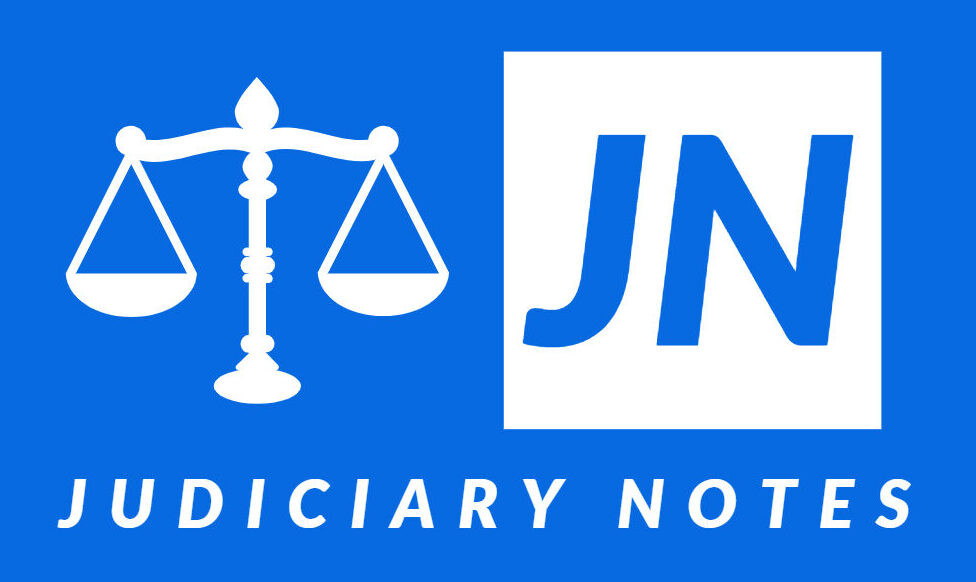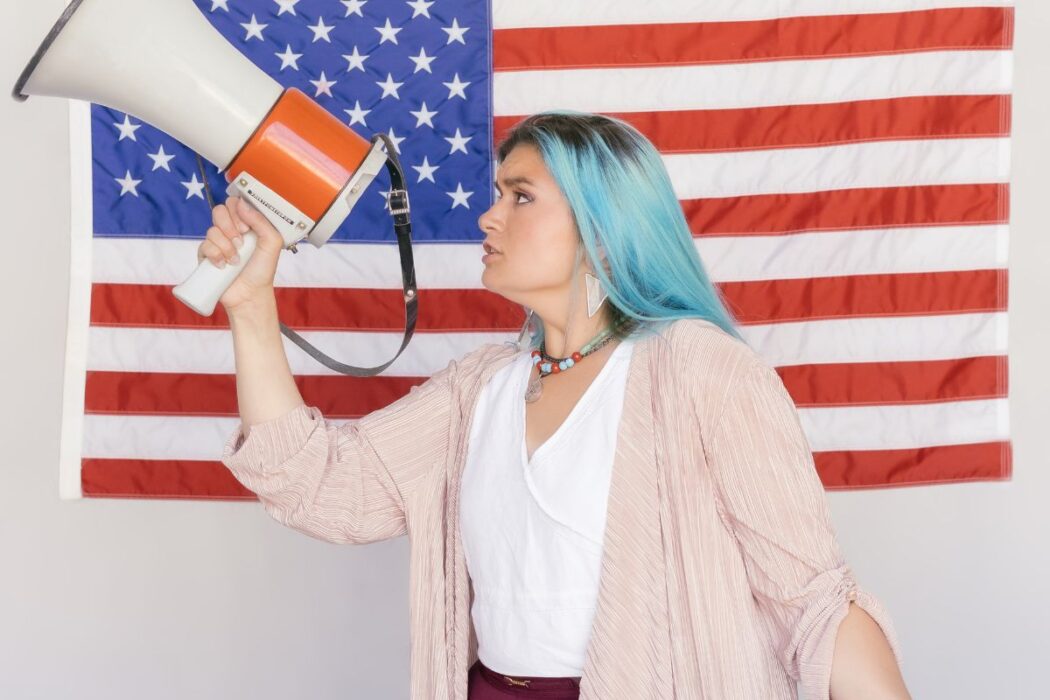How the U.S. Legal System Protects Your Freedom of Speech
One of the most fundamental rights guaranteed by the U.S. Constitution is the freedom of speech. It’s a right that allows individuals to express their ideas, opinions, and beliefs openly, without fear of government censorship or retaliation. This right is central to the identity of American democracy and is enshrined in the First Amendment. But what does it mean to have freedom of speech, and how is it protected in the U.S. legal system?
In this article, we’ll explore how freedom of speech is defined, the legal protections surrounding it, and how it impacts your daily life. We’ll also discuss the limits of this freedom, key legal cases, and why protecting free speech remains essential for a thriving democracy.
The First Amendment: The Foundation of Freedom of Speech
The First Amendment to the U.S. Constitution states, “Congress shall make no law … abridging the freedom of speech, or of the press.” This concise statement is the cornerstone of freedom of speech in the United States, and it has been interpreted by the courts to protect a wide range of speech, from political protests to social media posts. The First Amendment ensures that the government cannot interfere with individuals’ right to express their opinions, whether they are in favor of or against government policies.
However, the right to free speech is not absolute, and it comes with certain limits that the courts have defined over time.
What Is Protected by Freedom of Speech?
- Political Speech:
The First Amendment most strongly protects political speech. This includes the right to criticize the government, advocate for political causes, and engage in public debate. It is essential for the functioning of a democracy, where individuals can freely express their opinions on political issues without fear of reprisal.- Real-World Example: Protests, political rallies, and social media posts criticizing government policies are all forms of political speech protected by the Constitution.
- Hate Speech:
While controversial, hate speech is generally protected under the First Amendment, as long as it does not incite violence or pose a direct threat to others. The U.S. legal system maintains that free speech includes even unpopular and offensive opinions, as it is essential for the exchange of ideas in a democratic society.- Real-World Example: Public demonstrations by controversial groups, such as white supremacist groups, are protected unless they explicitly incite violence.
- Commercial Speech:
Commercial speech (like advertising and marketing) is also protected, although not to the same extent as political or artistic speech. The government can regulate commercial speech if it is misleading or harmful to consumers.- Real-World Example: Regulations on advertising tobacco products or misleading weight loss ads are a form of regulating commercial speech.
- Artistic Expression:
Artistic expression, such as music, literature, and art, is a form of speech protected by the First Amendment. Artists have the freedom to express their ideas without government censorship, even if their work is controversial or unpopular.- Real-World Example: A controversial piece of art or a provocative film that challenges societal norms is protected as free speech under the First Amendment.
Limitations on Freedom of Speech: When Is It Not Protected?
While the First Amendment provides broad protections for speech, there are limits. The courts have identified several types of speech that may not be protected under the Constitution.
- Incitement to Violence:
Speech that incites imminent violence or illegal activity is not protected. The Brandenburg v. Ohio (1969) decision established that speech can only be restricted if it incites imminent lawless action.- Real-World Example: A person shouting, “Let’s storm the Capitol!” at a rally could be arrested for incitement if it leads to unlawful action.
- Defamation:
Defamation (false statements that harm another person’s reputation) is not protected under the First Amendment. There are two types of defamation: libel (written) and slander (spoken).- Real-World Example: If someone spreads false rumors about another individual that harm their reputation or career, the victim could file a defamation lawsuit.
- Obscenity:
Obscene material, defined by the Miller test (from the 1973 case Miller v. California), is not protected by the First Amendment. The material must meet three criteria: it must appeal to the prurient interest, be offensive under local standards, and lack serious artistic, political, or scientific value.- Real-World Example: Pornographic content that meets the legal definition of obscenity is not protected under free speech laws.
- False Statements and Fraud:
Speech that includes false statements intended to deceive others or cause harm is not protected. This includes fraudulent statements made to deceive others for financial gain.- Real-World Example: An individual spreading false information to manipulate stock prices or mislead investors could face legal consequences for fraud.
Landmark Supreme Court Cases on Free Speech
Several key Supreme Court cases have shaped the landscape of freedom of speech in the U.S., providing clarity on the limits and protections of free expression.
- Schenck v. United States (1919):
This case introduced the “clear and present danger” test, ruling that speech could be limited if it presented a clear and present danger to society, such as inciting violence or harm.- Impact: Schenck helped define the limits of free speech, particularly in the context of wartime or national security concerns.
- Tinker v. Des Moines Independent School District (1969):
The Court ruled that students did not lose their right to free speech when they entered a school. In this case, students were allowed to wear black armbands to protest the Vietnam War, affirming that speech in schools is protected unless it disrupts the educational process.- Impact: Tinker solidified the principle that students have free speech rights in schools, as long as it doesn’t cause disruption.
- Citizens United v. FEC (2010):
The Supreme Court ruled that corporations and unions have the same First Amendment rights as individuals to spend money on political campaigns, allowing unlimited spending in elections.- Impact: Citizens United sparked a debate on the role of money in politics, affirming that political speech extends to corporate spending.
The Role of Social Media and Technology in Protecting Free Speech
In the age of social media, the right to free speech has expanded to include digital platforms. Platforms like Twitter, Facebook, and YouTube are now central to political discourse and the exchange of ideas. However, the rules around free speech on these platforms are complex, as they are governed by both private company policies and public laws.
While these platforms are private companies, they are often treated as public forums for free speech. Social media companies, however, reserve the right to moderate content, including removing hate speech, misinformation, and offensive content. This raises important questions about whether social media platforms should be held to the same standards as traditional public forums in protecting free speech.
- Real-World Example: The debate over banning former President Donald Trump from social media platforms like Twitter highlights the tension between free speech and platform moderation.
Conclusion: The Vital Importance of Free Speech in America
Freedom of speech is one of the most important rights in the U.S., ensuring that individuals can express their opinions, beliefs, and ideas without fear of government retaliation. From political discourse to social media, this right empowers Americans to participate in democracy, challenge authority, and advocate for change. While there are reasonable limits on certain types of speech, the First Amendment continues to serve as the bedrock of free expression in the United States.
- “How the U.S. Legal System Protects Your Freedom of Speech”
- “The Importance of Freedom of Speech in America’s Legal System”
- “What You Need to Know About the U.S. Right to Free Speech”
- “Understanding the Limits and Protections of Free Speech in America”
- “How the First Amendment Protects Your Right to Speak Freely”

